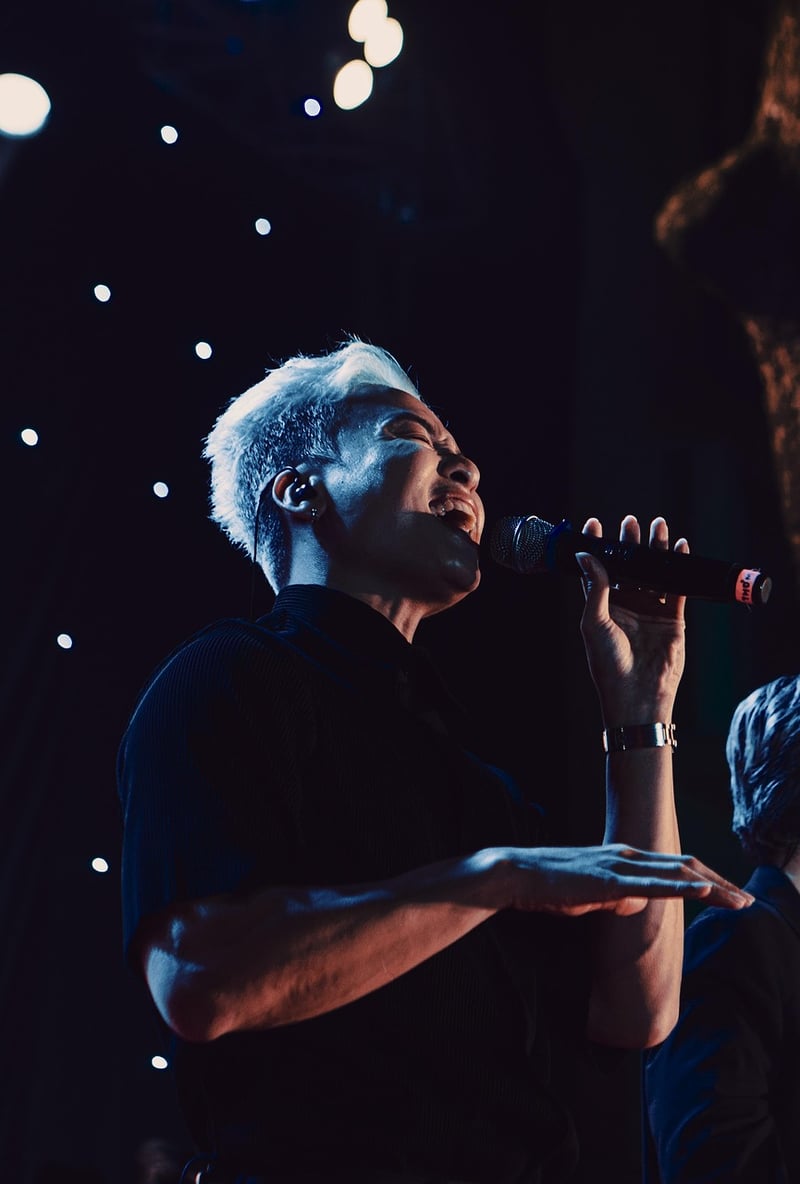Hip Hop
Exploring Expressive Movement in Hip Hop
Hip Hop, a cultural movement that emerged in the late 1970s in the Bronx, New York City, has evolved into a global phenomenon encompassing music, art, fashion, and dance. One of the most captivating elements of Hip Hop culture is its expressive movement, particularly in dance, which serves as a powerful form of storytelling and self-expression.
The Art of Hip Hop Dance
Hip Hop dance is characterized by its blend of various street dance styles, including breaking, locking, and popping, as well as freestyle movement. Dancers often incorporate elements of isolation, footwork, and intricate body movements to interpret the rhythm and lyrics of Hip Hop music.
Expressive Techniques
In Hip Hop dance, performers use their bodies to convey emotions, narratives, and personal experiences. Through dynamic movements, gestures, and facial expressions, dancers communicate themes of struggle, joy, empowerment, and unity.
Key Elements of Expressive Movement
- Fluidity: Hip Hop dancers often emphasize smooth transitions and continuous motion to create a sense of flow and connectivity in their movements.
- Contrast: Contrast in dynamics, speed, and levels adds depth and dimension to a dancer's performance, highlighting the nuances of the music.
- Authenticity: Genuine expression and individual style are valued in Hip Hop culture, encouraging dancers to bring their unique voice to their movement.
Visual Inspiration
Let's take a look at some visually inspiring images of expressive movement in Hip Hop:


Conclusion
Expressive movement in Hip Hop dance is a dynamic and compelling art form that continues to evolve and inspire people worldwide. Through fluidity, contrast, and authenticity, dancers bring stories to life, connecting with audiences on a deep and emotional level.
Whether you're a seasoned dancer or someone looking to explore a new form of self-expression, Hip Hop dance offers a vibrant and inclusive space to unleash your creativity and passion.
